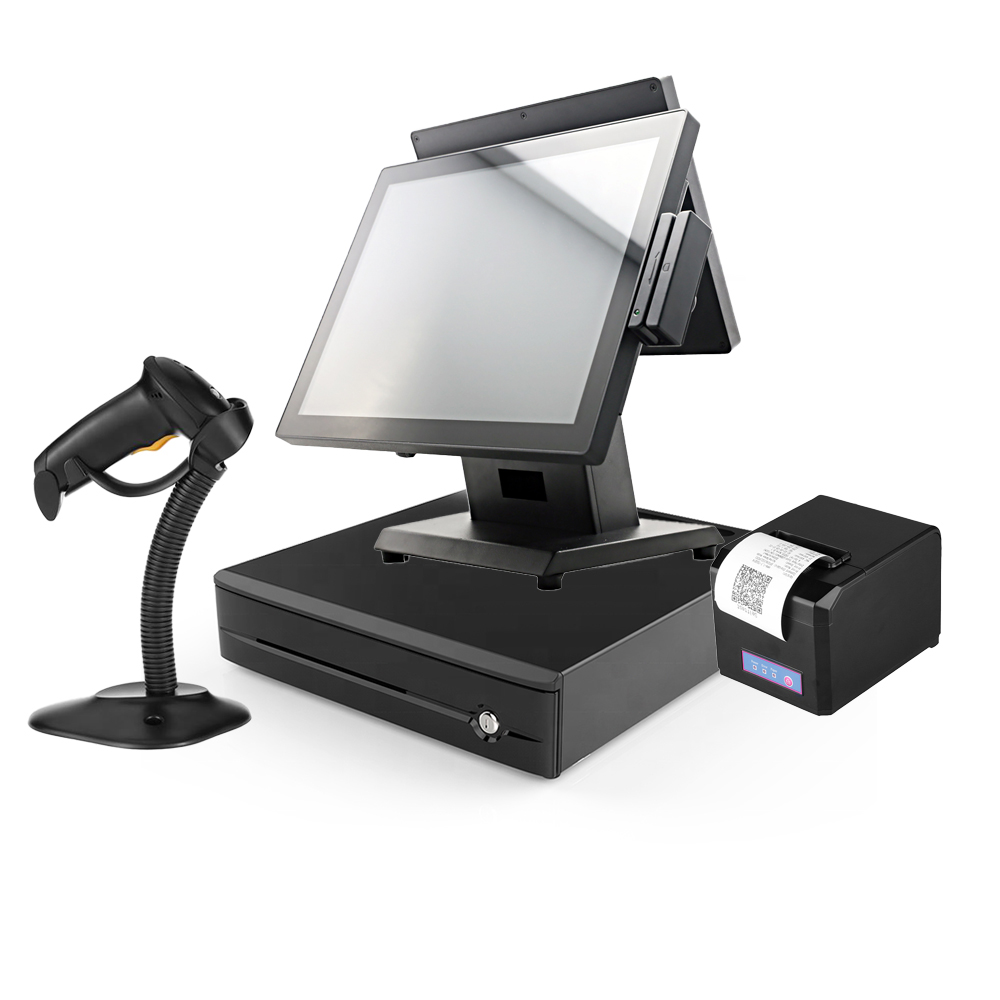How POS System Works: A Comprehensive Guide for Entrpreneurs

Understanding the Elements of a POS System

Just How Sales Deals Are Processed
When a customer makes a decision to buy, the sales purchase starts a series of systematic actions within the POS system. Initially, the cashier inputs the products being bought, which are checked through a barcode viewers or manually gotten in. This activity retrieves product information, consisting of prices and applicable taxes, from the system's database.Next, the customer exists with the overall amount due. The POS system after that refines the settlement, whether via cash money, charge card, or mobile payment methods (Restaurant POS Software). For digital repayments, the POS securely communicates with settlement cpus to authorize and verify the transaction.Once the settlement is confirmed, the system generates an invoice, which can be printed or sent electronically. This invoice functions as receipt for the client. Finally, the transaction data is taped in the system, making certain accurate sales documents and monetary monitoring for the company
Supply Administration and Tracking

Reliable stock management and tracking are vital components of a POS system, as they ensure that businesses maintain ideal stock degrees and minimize discrepancies. A robust POS system permits real-time inventory updates, reflecting returns and sales immediately. This enables company owner to check supply degrees properly, guaranteeing that prominent things are conveniently available while stopping overstocking of less popular products.Additionally, advanced POS systems supply functions such as automated stock notifies and reorder pointers, streamlining the purchase procedure. Barcoding and RFID technology improve precision in tracking inventory motion, lowering human mistake. Comprehensive coverage devices provide insights into stock turn over rates, assisting organizations make informed decisions concerning buying and product offerings. Ultimately, reliable stock administration via a POS system not just improves operational performance but likewise improves consumer fulfillment by ensuring item schedule.
Evaluating Client Information and Insights
Customer information analysis functions as a powerful device for businesses making use of a POS system (Restaurant POS Software). By examining and gathering transaction data, organizations can uncover valuable understandings regarding customer behavior and preferences. This analysis allows them to identify acquiring fads, peak buying web times, and prominent products, thus informing supply choices and advertising strategies.Additionally, services can section their customer base, permitting for individualized advertising and marketing efforts that deal with particular demographics or purchasing routines. Comprehending customer commitment patterns additionally assists in developing targeted promotions and incentives programs.The information obtained from a POS system can also reveal understandings right into customer feedback, allowing companies to make informed choices relating to product offerings and solution enhancements. Inevitably, leveraging client data successfully can improve the overall buying experience, foster consumer contentment, and drive earnings growth
Benefits of Applying a POS System

Frequently Asked Concerns
What Types of Businesses Can Take Advantage Of a POS System?
Various services take advantage of a POS system, including stores, dining establishments, beauty parlors, and shopping systems. These systems improve transactions, stock monitoring, and consumer information, enhancing operational efficiency and enhancing consumer experience throughout diverse sectors.
Just how much Does a POS System Commonly Cost?
The expense of a POS system usually varies from a few hundred to several thousand bucks, depending on attributes, hardware, and software application. Organizations have to think about recurring costs for maintenance, transaction, and support processing when budgeting.
Can I Integrate a POS System With Existing Software Program?
Integrating a POS system with existing software application is usually feasible. Lots of systems provide APIs or built-in compatibility attributes, permitting businesses to streamline procedures and improve performance by connecting different software application applications successfully.
What Training Is Required for Personnel to Utilize a POS System?
Educating for staff to utilize a POS system normally consists of understanding software application functionalities, processing transactions, managing supply, and managing customer interactions. Practical demos and hands-on session enhance effectiveness and confidence being used the system successfully.
What Happens if the Web Drops While Utilizing a POS System?
Purchases might be disrupted if the internet goes down throughout POS system use. Several systems go now provide offline abilities, enabling fundamental operations to proceed, but complete capability, consisting of real-time inventory updates, will certainly be limited. A Point of Sale (POS) system is made up of numerous vital components that work with each you can check here other to help with transactions and manage company operations. Efficient stock management and monitoring are important parts of a POS system, as they assure that businesses preserve excellent stock degrees and minimize disparities. Customer data evaluation offers as a powerful tool for services making use of a POS system. Comprehending client loyalty patterns likewise assists in establishing targeted rewards and promos programs.The information obtained from a POS system can additionally disclose insights right into consumer responses, allowing organizations to make informed choices pertaining to item offerings and service enhancements. Executing a POS system offers countless benefits that can substantially enhance company operations.